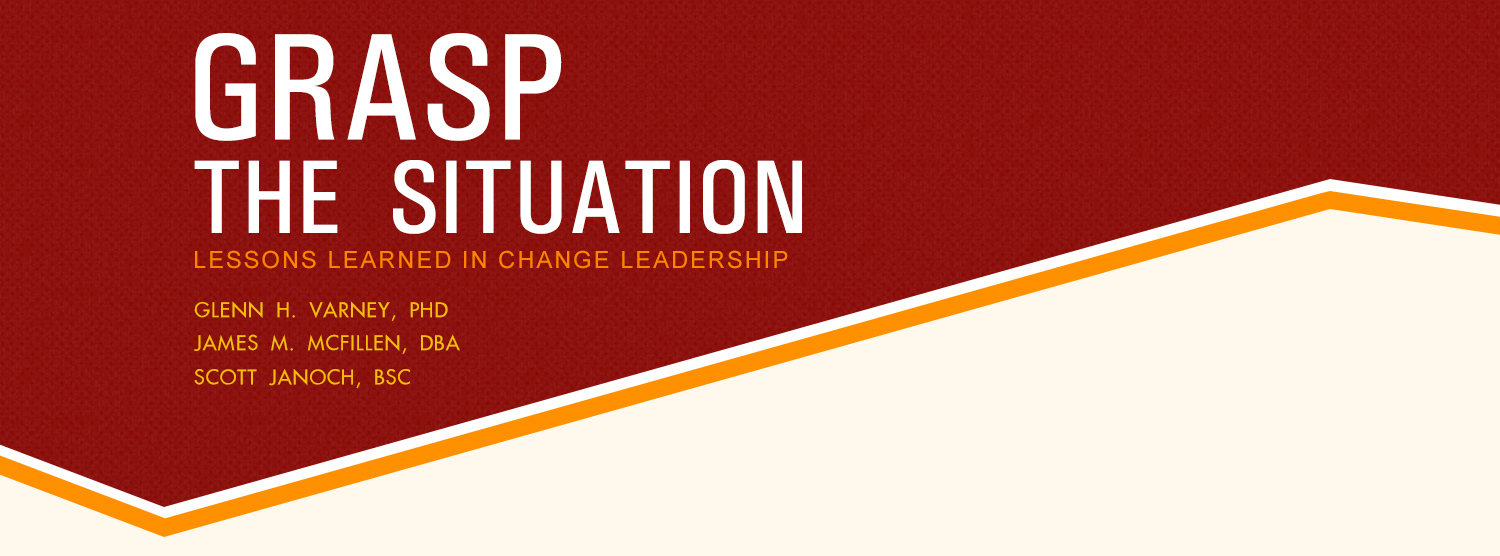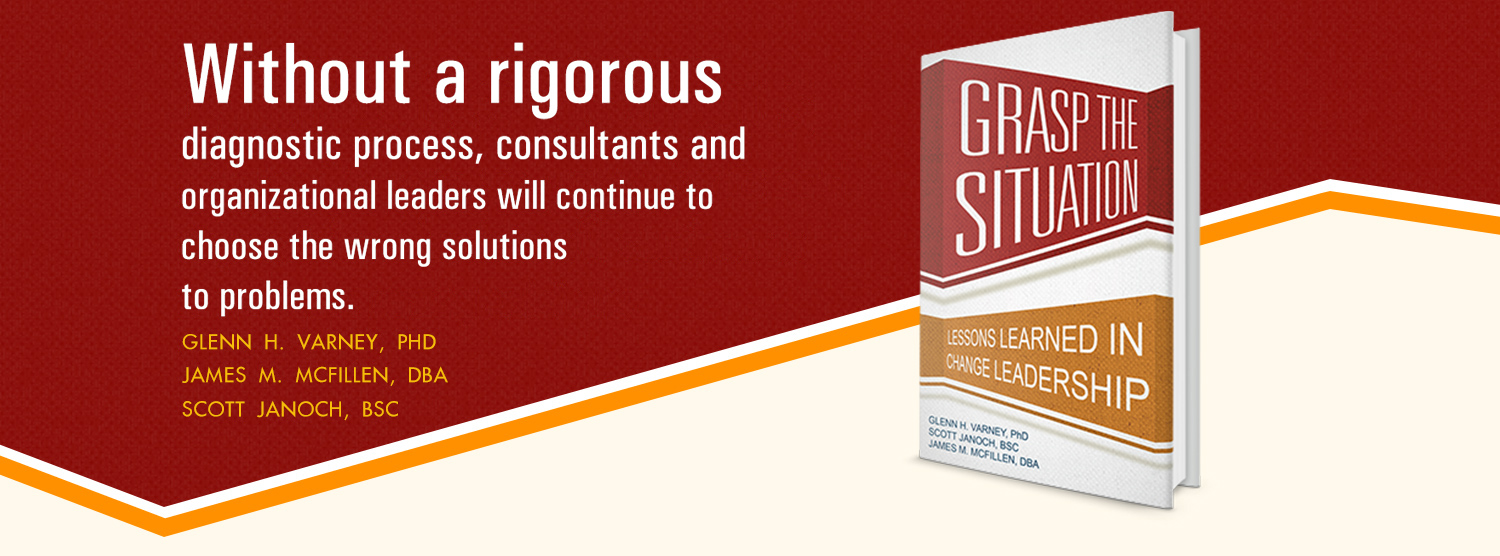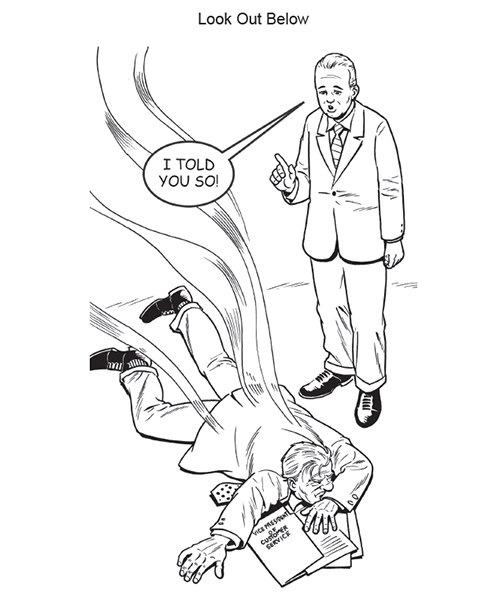Grasp the Situation
Things didn’t improve. Performance continued to deteriorate. We began to get threats from the customers that they would take their business elsewhere if things didn’t get better, and fast. The union showed no signs of lacking off their organizing attempt. Finally, I got a call from the company president saying that he was coming to the distribution center to look into the mess himself. He arrived with the vice president of human resources, and they spent one full day on the floor of the operation. At the end of the day, I was given my walking papers!
What a blow to my ego. I just couldn’t believe that all he experience I had gained, and all that I had learned in my career, had failed me. I was out of work for six months, during which time I met with a career counselor who suggested, “Maybe you should be looking at yourself as the source of the problem. Don’t you realize that as an engineer, you have scientific skills and should be using them in handling situations like this? All you had to do was follow the lead and the advice of the consultants.” His words shocked me; I had never thought about myself in this way.
You’d think that leaders and managers would seek to understand what’s broken before trying to fix anything, but many changes are implemented without all the facts.
The results are disastrous: profits fall, expenses go up, and morale gets destroyed. In almost every instance, failure can be traced back to leaders who champion solutions without fully studying the problems at hand.
In this guidebook to change leadership, you’ll discover how to develop effective solutions by learning from the successes and failures of others. The authors present real-life scenarios so you can get better at diagnosing the problems plaguing your organization. Learn how to
• identify the subtle symptoms that sicken your organization;
• avoid placing your trust in the wrong people;
• design training programs to fix problem behaviors; and
• get leaders to lead and motivate the troops to change.
Without a rigorous diagnostic process, consultants and organizational leaders will continue to choose the wrong solutions to problems. Take the time you need to implement effective change by learning the lessons in Grasp the Situation.


